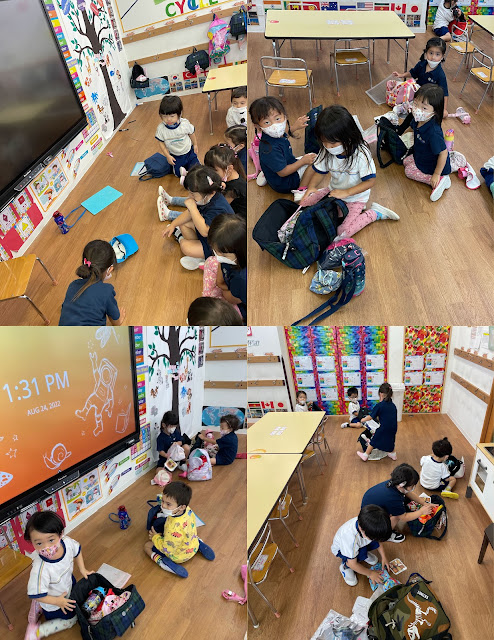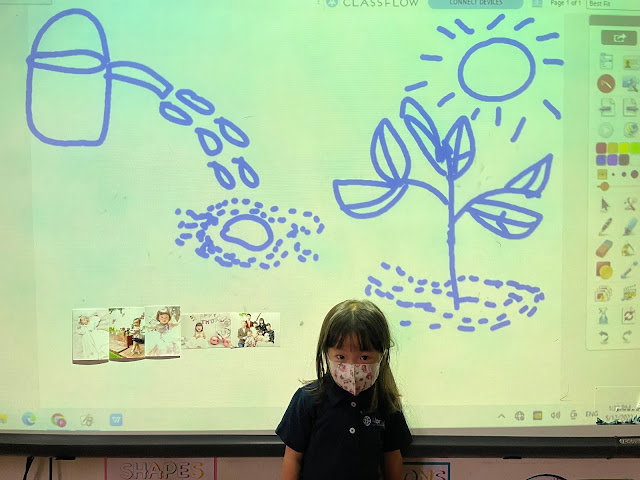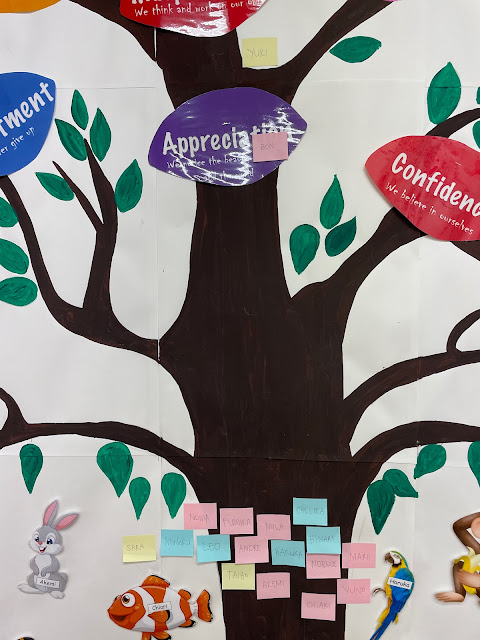 |
The students are organizing their backpacks. |
 |
Students are channeling their artistic side. We create future PAINTERS. |
 |
| Andre's Daddy is a pitcher in one of the baseball teams here in Osaka. |
 |
The students are organizing their backpacks. |
 |
Students are channeling their artistic side. We create future PAINTERS. |
 |
| Andre's Daddy is a pitcher in one of the baseball teams here in Osaka. |
Welcome to the new school year!
Meet our new Preschoolers batch 2022-2023.
 |
| How am I changing? We made a connection between people and plants. |
 |
| We measured and compared each other's heights. |
 |
| Same and Different |
This is our last unit and last term for this school year. Our unit for this term is "How We Express Ourselves." Our Central Idea is "Art expresses emotion" and the lines of inquiry are:
Our next unit for term 2 was How The World Works. Our central idea was about "The cycles of Earth and People influence each other. In this unit, we talked about the natural cycles of Day and Night, Seasons, and Weather Patterns. We also talked about how people's actions are connected to Earth's natural cycles and our responsibility for taking care of life and the environment.
The lines of inquiry are:
WEEK TWO (AUGUST 24-28) Hello everyone! Our second week came to pass very quickly . The kids got used to our new routines. As you can guess...
